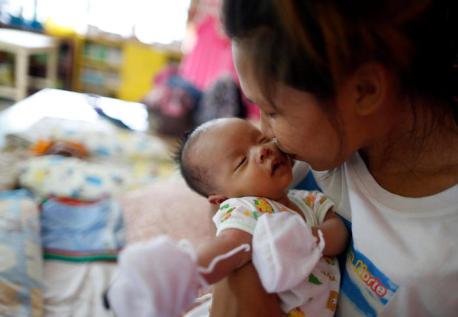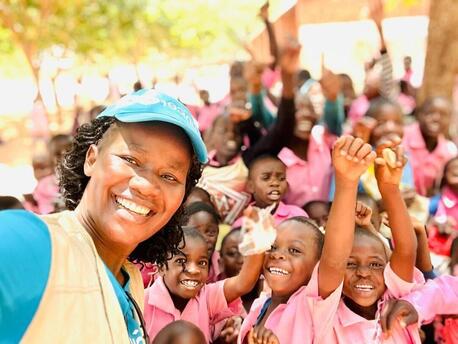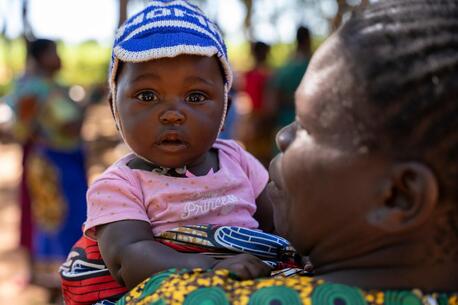
Infant Mortality Rate Definition and Guide:
What is Infant Mortality Rate? A Definition:
The infant mortality rate refers to the probability of dying between birth and exactly 1 year of age, expressed per 1,000 live births. We have made remarkable progress to save children since 1990, but millions are still dying simply because of where they are born.
These deaths are a product of the limited access many children and communities have to basic yet lifesaving health interventions such as vaccination, infectious disease treatments, adequate nutrition and clean water and sanitation.
Causes of Infant Mortality
What is the most common cause?
More than 80 percent of newborn deaths are due to prematurity, complications during birth or infections such as pneumonia and sepsis.
Most common causes in US
The five leading causes of infant death are birth defects, preterm birth and low birth weight, sudden infant death syndrome, maternal pregnancy complications and injuries (e.g., suffocation).
Most common causes in India
In India, the leading causes of infant death include birth asphyxia and neonatal sepsis.
Most common causes in rest of the world
Globally, the leading causes of death among children under five in 2017 were preterm birth complications, acute respiratory infections, intrapartum-related complications, congenital anomalies and diarrhea. Neonatal deaths accounted for 47% of under-five deaths in 2017.
How to Prevent Infant Mortality
Strategies to reduce infant mortality rate
Ending preventable child deaths can be achieved by providing breastfeeding within the first hour, skin-to-skin contact and good nutrition, improving access to skilled health professionals for antenatal, birth, and postnatal care, promoting knowledge of danger signs among family members, improving access to water, sanitation, and hygiene and providing immunizations.
How to reduce infant mortality in developing countries
The infant mortality rate in developing countries can be reduced by training health workers and midwives to provide mothers and babies with the lifesaving support they need to survive. For example, while in Norway there are 218 doctors, nurses and midwives to serve 10,000 people, that ratio is 1 per 10,000 in Somalia.
For children everywhere, the most risky period of life is the first month. In 2017, 2.5 million newborns died in their first month. A baby born in sub-Saharan Africa or in Southern Asia was nine times more likely to die in the first month than a baby born in a high-income country.
Ways to reduce infant mortality
UNICEF is calling on governments, health-care workers, communities and families to come together to provide affordable, quality health care for every mother and baby, starting with the most vulnerable. Solutions to help save the lives of mothers and babies include:
UNICEF Programs to reduce and prevent infant mortality
In 2018, UNICEF launched Every Child ALIVE, a global campaign to demand and deliver affordable, quality health care solutions for every mother and newborn. These include a steady supply of clean water and electricity at health facilities, the presence of a skilled health attendant during birth, disinfecting the umbilical cord, breastfeeding within the first hour after birth, and skin-to-skin contact between the mother and child.
Infant Mortality Rate Formula
How to calculate it:
Infant mortality rate: Probability of dying between birth and exactly 1 year of age, expressed per 1,000 live births.
Infant mortality rate by country:
Highest newborn mortality rates:
Lowest newborn mortality rates:
HOW TO HELP
There are many ways to make a difference
War, famine, poverty, natural disasters — threats to the world's children keep coming. But UNICEF won't stop working to keep children healthy and safe.
UNICEF works in over 190 countries and territories — more places than any other children's organization. UNICEF has the world's largest humanitarian warehouse and, when disaster strikes, can get supplies almost anywhere within 72 hours. Constantly innovating, always advocating for a better world for children, UNICEF works to ensure that every child can grow up healthy, educated, protected and respected.
Would you like to help give all children the opportunity to reach their full potential? There are many ways to get involved.





